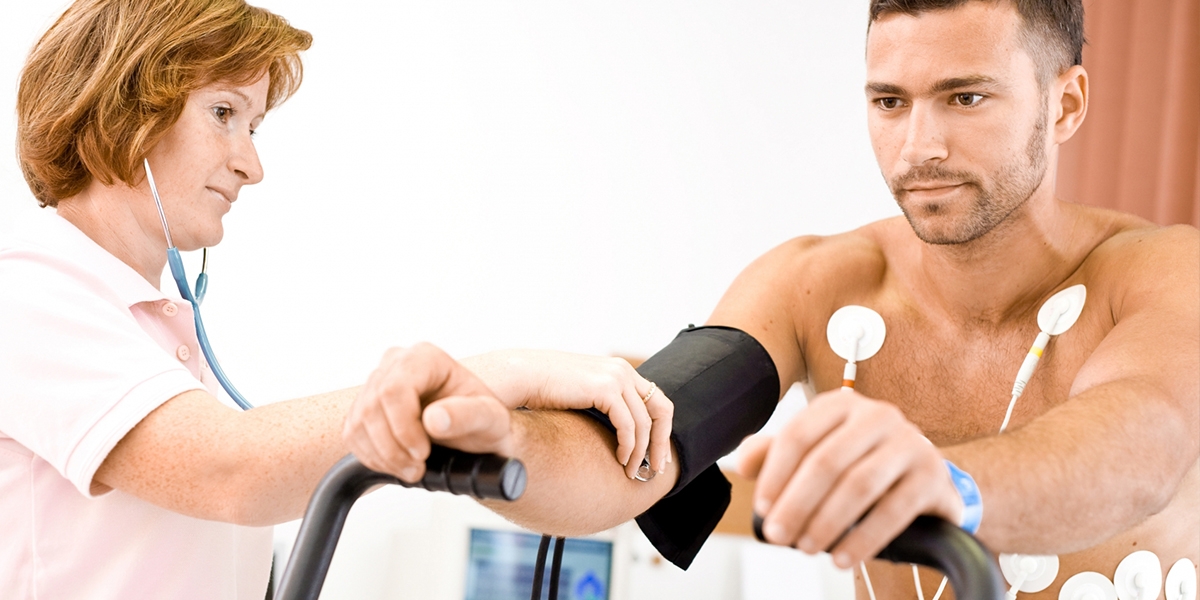The basics
Rather than focus on the exercise modality (i.e., the type of class or training method), what is far more important is to consider the physical work capacity of each individual doing the class. Being able to perform physically demanding exercise is directly related to your ability to consume oxygen which, in turn, (if measured) allows your energy expenditure to be calculated. Just as people vary physically, so too does their maximum oxygen uptake (VO2 max). Maximum oxygen uptake is the maximum amount of oxygen an individual can consume during exercise or physical activity and is often expressed in millilitres of oxygen per kg of bodyweight per minute. When this is naturally high (due to genetic variation) and you can work at a high percentage of this, you can sustain high levels of physical work or exercise. Elite endurance athletes – such as Olympic marathon runners – will have high VO2 max values (e.g., 60ml/kg/min or more for women; 80ml/kg/min or more for men) and be reasonably comfortable exercising at 80% or more of this value. Untrained, non-athletic (in terms of genetic predisposition) populations will have much lower values than this (approximately half) and be unable to sustain exercise at much more than 50-60% of VO2 max, although this will improve with appropriate training – up to a point.
Estimating typical energy expenditure in class
Maximum oxygen uptake can also be expressed in absolute values by multiplying the relative value (in ml/kg of bodyweight per minute) by bodyweight (in kg). This is helpful when calculating energy expenditure. As an instructor, if you have an average, young, untrained adult female in front of you, her maximum oxygen uptake is likely to be around the 2.5-3 litres/min mark (absolute values, accepting the considerable individual variation). Bearing in mind that for every litre of oxygen consumed she will ‘burn’ 5kcal and, working at 100% VO2 max (if she could), then her ‘top end’ energy expenditure is equivalent to 12.5-15kcal per minute or 750-900kcal per hour. Since even an elite endurance athlete can’t work at 100% of their VO2 max for an hour, think 70% of this value for most people after a few weeks of consistent, progressive training. In other words, 525- 630kcal per hour of general, whole-body exercise is more typical.
If you can run 10 miles (16km) in an hour, 1,000kcal will likely be expended
Of course, if you were to have an oxygen uptake of 4 litres/min and could work at 80% of this value for an hour, then that’s 20kcal per min for 60 minutes (1,200) x 80% = 960kcal. If this is you, then 1,000kcal in an hour is possible. As a rule of thumb, if you can run 10 miles (16km) in an hour, 1,000kcal will likely be expended, just as holding slightly under a 2mins/500m split on the Concept II ergometer will equate to 1,000kcal if you keep going for 60 minutes. If you can’t imagine being able to do either of these, then it’s hard to see how you would manage to work at the equivalent intensity in class.
or continue reading part 2 here







